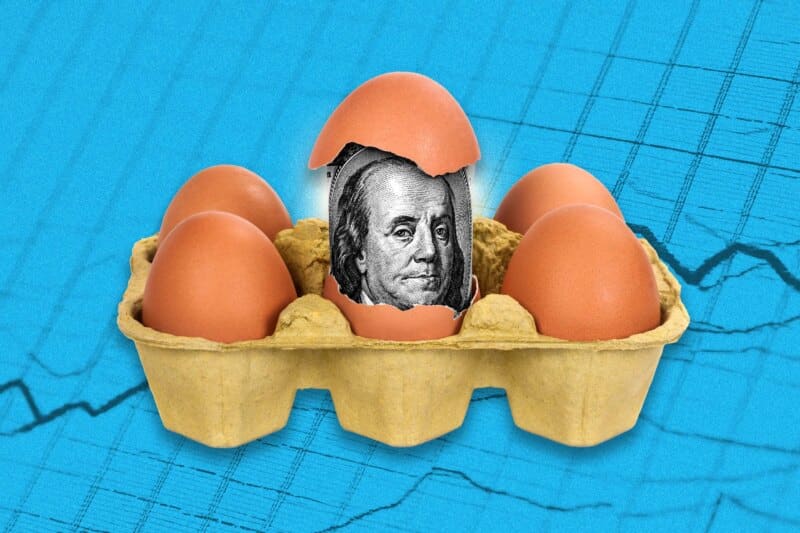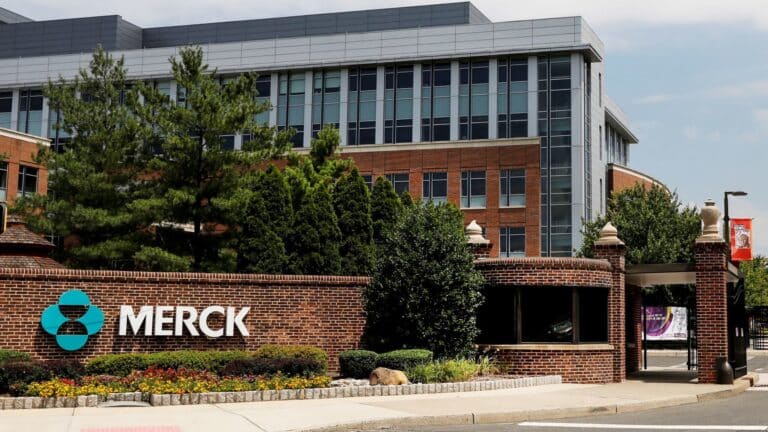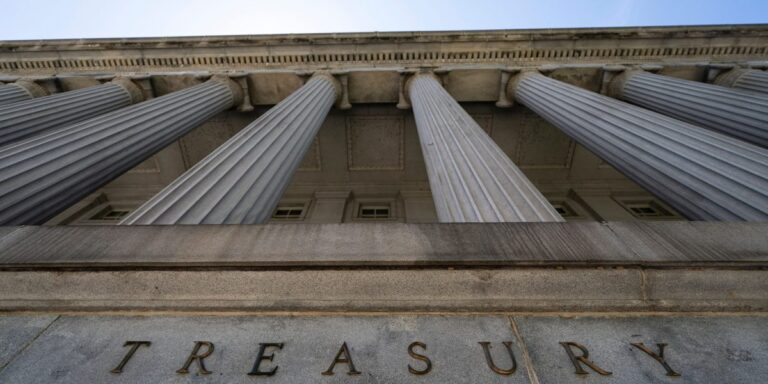[adrotate group="2"]
If you have recently been grocery shopping, you may have encountered significant gaps in the egg aisle. If you’ve managed to pick up a carton, you likely noticed a steep price as well.
Egg prices are nearing an all-time high following a two-month spike, with forecasts indicating they may remain elevated for the foreseeable future. Current U.S. government data shows that a dozen eggs averaged $4.16 in December, reflecting an annual increase of around 37%. In comparison, overall grocery prices rose by just 1.8% during the same period.
Reports indicate that egg prices have surged even further. The wholesale price that retailers pay reached an astonishing $6.55 earlier this month, according to the U.S. Department of Agriculture (USDA); just a year prior, in January 2022, it was only 94 cents. Expectations are for further increases, with projections suggesting an additional 20% rise in egg prices by the end of 2025.
The issue of grocery costs, particularly the prices of eggs and bacon, was a topic during Vice President JD Vance’s first interview since taking office. During the CBS program “Face the Nation,” Vance was asked when grocery prices would start to decline, an important concern that he and President Donald Trump highlighted during their recent campaign. Vance indicated that while prices will eventually drop, it may take some time, especially with policies aimed at boosting U.S. energy production.
Currently, the soaring egg prices are not primarily driven by energy costs. Historically, egg prices tend to rise at the start of the year due to seasonal demand increases, particularly during winter months when baking is more common. However, the current escalation is unusually severe.
The leading factor behind these rising prices is a devastating avian influenza outbreak. The H5N1 strain, which emerged at the start of the COVID-19 pandemic, has led to the death of over 145 million birds in the U.S. since January 2022. This situation has severely disrupted the egg supply, as farmers must cull entire flocks if just one bird tests positive for the virus. Some farmers have reportedly had to destroy their flocks multiple times due to the persistent outbreak.
In comparison, the bird flu outbreak of 2015 resulted in approximately 50 million poultry being culled, causing egg prices to rise from around $2 to $3 per dozen. However, by the spring of 2016, prices had again dipped below pre-outbreak levels. The current outbreak, however, is significantly more severe, with data indicating that the spread of the virus is not abating. Over 30 million egg-laying hens have been lost due to the outbreak since November, leading to egg shortages in several states and prompting some retailers to impose purchase limits on customers.
photo credit: money.com
[adrotate group="2"]





